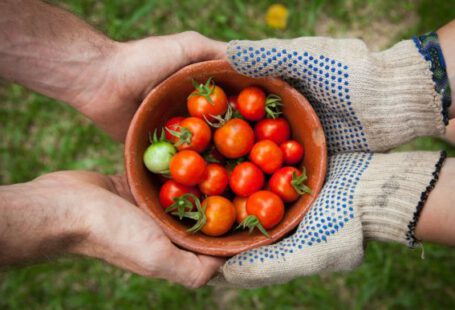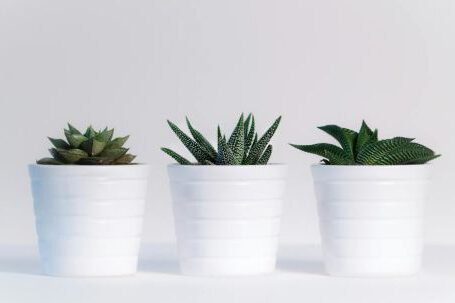Succulents have become extremely popular indoor plants due to their unique shapes and low maintenance requirements. These plants have thick, fleshy leaves and stems that help them store water, making them highly adaptable to dry and arid conditions. However, in order for succulents to thrive indoors, they still require the right conditions. In this article, we will explore the key factors that contribute to the success of indoor succulents.
1. Sunlight
Succulents are native to desert regions and are accustomed to receiving several hours of direct sunlight each day. When growing succulents indoors, it is crucial to provide them with as much sunlight as possible. Place your succulents near a sunny window where they can receive at least six hours of bright, indirect light per day. If your home does not have a suitable window, you can also use artificial grow lights to supplement the sunlight.
2. Temperature
Most succulents prefer warm temperatures ranging between 70-80°F (21-27°C) during the day and slightly cooler temperatures at night. Avoid exposing your succulents to extreme temperature fluctuations or cold drafts, as they are sensitive to sudden changes. If you live in a region with cold winters, it is important to protect your succulents from frost by bringing them indoors or providing them with additional insulation.
3. Watering
One of the most common mistakes people make when caring for succulents is overwatering. Succulents are adapted to survive in arid environments and can store water in their leaves and stems. Therefore, they are more prone to root rot if they are watered too frequently. Allow the soil to completely dry out between waterings and then water thoroughly until the excess water drains out of the pot. Remember, it is better to underwater than overwater your succulents.
4. Soil
Succulents require well-draining soil to prevent water from sitting around their roots. Using a succulent-specific soil mix or adding perlite or pumice to regular potting soil can improve drainage. Avoid using heavy clay or moisture-retaining soils, as they can lead to root rot. Additionally, providing your succulents with a shallow pot with drainage holes will help prevent water from pooling at the bottom.
5. Humidity
Most succulents prefer low humidity levels. If the air in your home is too humid, it can promote the growth of mold and fungus, which can be harmful to your succulents. To lower the humidity, you can use a dehumidifier or place a fan near your succulents to increase air circulation. Alternatively, you can group your succulents together, as they release moisture through their leaves, creating a microclimate with lower humidity.
6. Fertilizer
Succulents do not require frequent fertilization, but providing them with a balanced, low-nitrogen fertilizer during the growing season can promote healthy growth. Use a diluted liquid fertilizer every 2-4 weeks, following the instructions on the packaging. Avoid over-fertilizing, as this can lead to leggy growth and other issues.
In conclusion, creating the right conditions for indoor succulents involves providing them with adequate sunlight, suitable temperatures, proper watering practices, well-draining soil, low humidity levels, and occasional fertilization. By following these guidelines, you can ensure that your indoor succulents thrive and bring a touch of natural beauty to your living space. So go ahead and create a mini desert oasis in your home with these fascinating and resilient plants.



